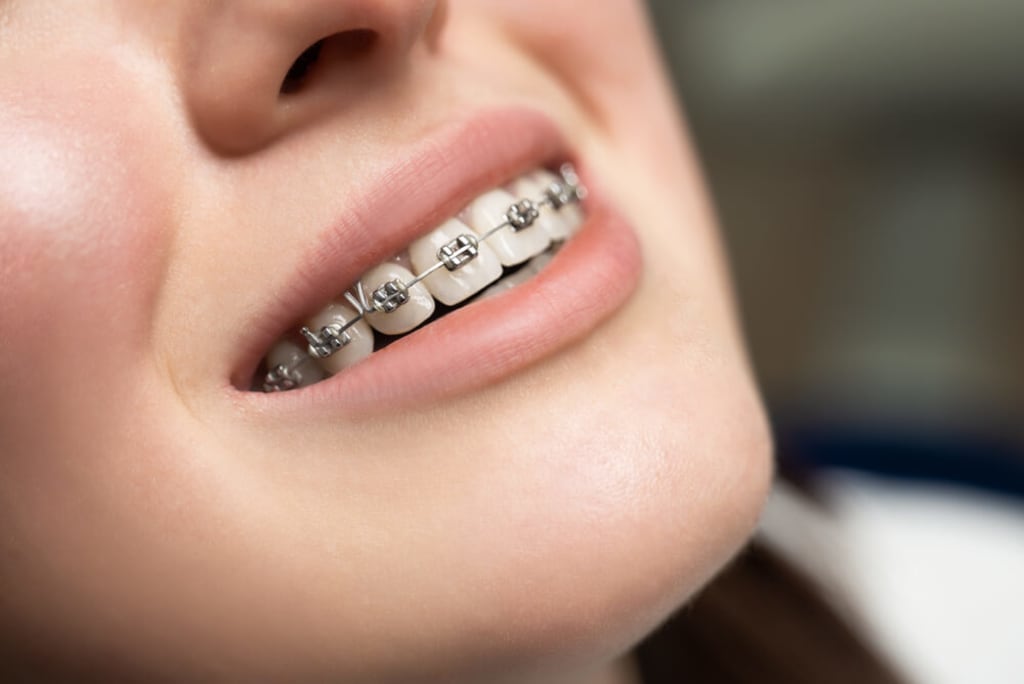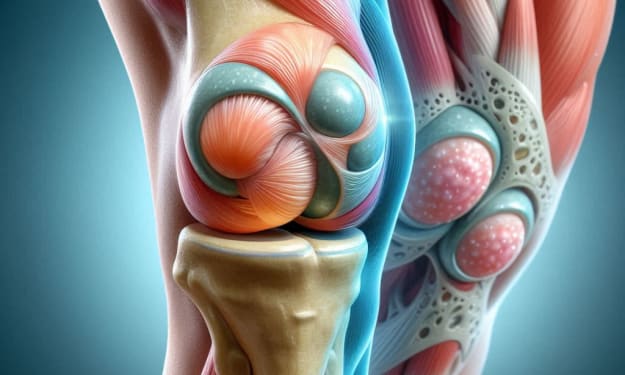Different Types of Dental Braces: Which One is Right for You?
Straighten Your Smile with Dental Braces

Are you considering getting braces but don't know which type is right for you? With so many options available, it can be overwhelming to choose. We'll have explained different types of dental braces to help you make an informed decision. From traditional metal braces to clear/invisible ones, there's a perfect solution for everyone. Your dream smile is just around the corner!
Traditional Metal Braces
Traditional metal braces are the most common type of dental braces. They consist of brackets, wires, and bands that work together to gradually move your teeth into their desired positions. While they may not be the most aesthetically pleasing option, they are effective in treating a wide range of orthodontic issues.
One advantage of traditional metal braces is their affordability compared to other types of braces. Plus, with advances in technology, these braces have become more comfortable than ever before. The brackets are smaller and smoother than older versions, which means less irritation for you.
Another benefit is that traditional metal braces can be customized with different colored elastics to add a pop of personality to your smile! You can choose from an array of colors or even show support for your favorite sports team or holiday.
While there may be some discomfort during adjustments and regular tightening appointments with this option, it's important to remember that these temporary side effects will lead to long-term benefits for your oral health and self-confidence.
Ceramic Braces
Ceramic braces are similar to traditional metal braces, but they have clear or tooth-colored brackets that blend in with the teeth. This makes them less noticeable than metal braces and a popular choice among adults who want to straighten their teeth without drawing attention.
The ceramic brackets are made from high-quality materials that resist staining, so they will remain clear throughout treatment. They work just as well as metal braces and can correct even complex dental issues.
One potential downside of ceramic braces is that they can be more fragile than metal ones. Patients may need to avoid hard or sticky foods, which could damage the brackets. Additionally, ceramic braces tend to cost more than traditional metal ones.
However, many patients believe that the benefits of having less noticeable braces outweigh these concerns. With proper care and maintenance, ceramic braces can provide excellent results and a confident smile for years to come.
Clear/Invisible Braces
Clear or invisible braces are a popular alternative to traditional metal or ceramic braces. They are made of clear plastic trays that fit over your teeth and gradually shift them into place. These braces offer a discreet option for those who don't want their orthodontic treatment to be noticeable.
One of the biggest advantages of clear/invisible braces is that they are virtually invisible, making them perfect for professionals who may feel self-conscious about wearing traditional metal braces in the workplace. Additionally, they can be removed when eating or brushing your teeth, making it easier to maintain good oral hygiene throughout treatment.
Another benefit is that clear/invisible braces do not require any painful adjustments since each set of aligners is custom-made specifically for your teeth. This means less discomfort during the course of treatment compared to traditional metal or ceramic brackets and wires.
It's important to note that while these types of braces may not work for everyone depending on their specific dental needs and budget. However, if you're looking for an effective orthodontic solution without drawing unwanted attention to yourself while undergoing treatment, then clear/invisible braces might be just what you need!
Self-Ligating Braces
Self-ligating braces are a type of dental brace that work differently from traditional metal or ceramic braces. Instead of using elastic bands to hold the wire in place, self-ligating braces use a special clip mechanism that allows the wire to move more freely and reduces friction between the brackets and wire.
These types of braces can be made from metal or clear materials, depending on your preference. One advantage of self-ligating braces is they require fewer adjustments than other types of braces, which means fewer visits to the orthodontist.
Another benefit is that self-ligating braces may cause less discomfort because there's less pressure on teeth. Additionally, these types of braces are often easier to keep clean because there aren't any rubber bands trapping food particles.
However, it's important to note that not everyone is a good candidate for self-ligating braces. Your orthodontist will need to determine if this option is right for you based on your individual needs and treatment goals.
While self-ligating braces may not be as well-known as other options like traditional metal or clear/invisible brackets, they offer unique benefits worth considering when seeking out dental correction solutions.
Conclusion
After discussing the four different types of dental braces, it's clear that each has its advantages and disadvantages. Traditional metal braces are the most affordable but also the most noticeable. Ceramic braces blend in better with your teeth but can be more fragile and require extra care. Clear/Invisible braces are virtually invisible, but they're more expensive than traditional or ceramic braces.
Self-ligating braces offer faster treatment times and fewer appointments, making them a popular choice among patients looking for convenience. Ultimately, choosing the right type of dental brace comes down to your personal preferences, budget, and orthodontic needs.
No matter which type you choose, getting dental braces can help improve your oral health by straightening crooked teeth or correcting bite issues. Plus, having a beautiful smile can boost confidence and self-esteem.
Don't hesitate to schedule an appointment with an orthodontist to discuss which option is best suited for you!
About the Creator
Enjoyed the story? Support the Creator.
Subscribe for free to receive all their stories in your feed. You could also pledge your support or give them a one-off tip, letting them know you appreciate their work.





Comments
There are no comments for this story
Be the first to respond and start the conversation.